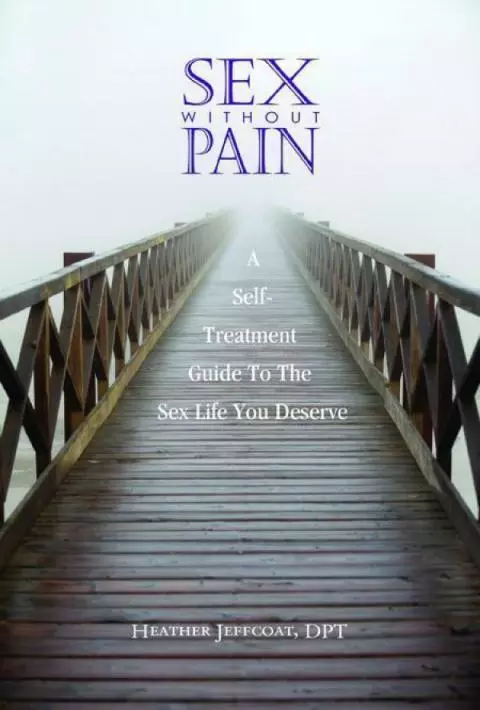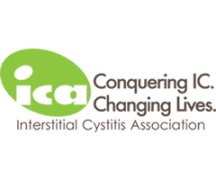What is Anal Incontinence?
Anal Incontinence is defined as the complaint of involuntary loss of liquid or solid stool or the involuntary loss of gas.
It is supposedly an underreported condition because of its stigmatizing nature. It occurs in approximately 50% of women at long-term follow-up after anal sphincter injuries (Gommesen et al., 2019; Haylen et al., 2010; Damon et al., 2006; Cotterill, 2008).
Ruptures During Labor and Delivery
The connection between perineal ruptures during labor and deliver and their association with postpartum anal incontinence was studied by Gommesen et al., (2019). Ruptures, or tearing, during labor and delivery can occur to the vaginal canal, perineum, and can tear into the anal canal. The degree at which one tears describes the severity of the rupture.
The Degrees of Rupture (Sultan, 1999)
- Labial ruptures are isolated to the labia.
- First-degree ruptures are defined as injury to perineal skin and/or vaginal mucosa.
- Second-degree ruptures are defined as injury to the perineum, including perineal muscles but not the anal sphincter.
- Third-degree ruptures are defined as injury to the perineum involving the anal sphincter complex, divided into the following categories:
- grade 3a ruptures, with less than 50% of EAS thickness torn;
- grade 3b ruptures, including more than 50% of EAS thickness torn
- grade 3c ruptures, including both EAS and IAS torn
- Fourth-degree ruptures are defined as an injury to the perineum involving the anal sphincter complex (EAS and IAS) and anorectal mucosa.
Risk Factors for Ruptures
Age
Women sustaining third to fourth-degree ruptures tend to be older (> 26 years old) than women sustaining second-degree ruptures and women sustaining no/labia/first-degree ruptures (Gommesen, 2019).
Bigger Babies and Longer Labor
Higher rupture degree was observed with babies with higher birthweight and larger head circumference, longer second stage of labor, and longer active birth (Gommesen, 2019).
Instrument-Assisted Delivery
Deliveries utilizing instruments were more prevalent among both women with second degree (15%) and third- or fourth degree ruptures (34%) compared to women with no/labia/first-degree ruptures (3%) (Gommesen, 2019).
Anal Incontinence Postpartum is Tied to Grade 3-4 Ruptures
About 50% of AI cases after vaginal delivery can be related to anal sphincter injuries.
Sustaining ruptures of degree 3c or 4 increase the risk of AI more than 4-fold.
Time Postpartum
6 Months Postpartum Anal incontinence at 6 months postpartum has been reported to be as high as 49% among first-time deliveries (Gommesen, 2019).
One Year Postpartum
Anal incontinence at 1year postpartum is reported at 19% (Gommesen, 2019).
Additional Risk Factors
Obesity
Gommesen et al. found that study participants who were obese with a BMI greater than 29.9 were at a higher risk of sustaining degree 3c-4 ruptures and had higher prevalence of anal incontinence. Gommesen et al., report the risk of AI increases by 8% per 1-unit increase in BMI.
Smoking and BMI seemed to be independent risk factors. The risk for AI in smokers compared to nonsmokers more than doubled (BMI of >29.9) compared to women with a BMI of 29.9. Furthermore, the risk of AI increased by 8% per 1-unit increase in BMI.
How Can Pelvic Floor Therapy Help Anal Incontinece?
The primary goal of pelvic floor rehabilitation in the management of anal incontinence is to strengthen the pelvic floor and anal sphincter muscles and to make sure they are coordinated and functioning. With increased muscle tone, endurance, and coordination, one should see a positive change in function in continence and function. Additional goals may include Additional goals include increasing muscle awareness, improving rectal sensitivity, and treating any tissue dysfunction that may be getting in the way of optimal pelvic floor muscle performance.
Pelvic floor therapy can provide clients with more control. In fact, according to Scott (2014), between 50 to 80% of clients who receive pelvic floor therapy for fecal incontinence gain function improvements.
What does pelvic floor therapy look like for anal incontinence?
The treatment modalities you will receive in pelvic floor therapy depend on your body and the issues present.
Some of the modalities used at Femina Physical Therapy for the treatment of fecal incontinence can include (but are not limited to):
- Bowel management education and retraining including lifestyle modifications like optimal fluid intake and dietary fiber intake
- Therapeutic exercise to strengthen the pelvic floor
- Biofeedback training with intra-rectal balloon catheters
- Electrical stimulation using the InTone MV device
- Manual therapy to treat connective tissue dysfunction and myofascial trigger points
- Visceral mobilization (gentle massage techniques that loosen internal adhesions and restore movement to the organs including the intestine, bladder, uterus, and ovaries) to improve motility and GI organ function
- Internal pelvic manual therapy to treat sensitive tissues, muscle spasms, trigger points, and muscle guarding that can cause pain with bowel movements
- Training in self treatment techniques including abdominal lymphatic massage
- Neuromuscular re-education and autogenic relaxation to reduce chronic muscle over-activity and improve parasympathetic nervous system function, including digestion
If you've experienced a perineal tear, contact our office to make an appointment today.
Resources
Gommesen, D., Nohr, E. A., Qvist, N., & Rasch, V. (2019). Obstetric perineal ruptures —risk of anal incontinence among primiparous women 12 months postpartum: a prospective cohort study. American Journal of Obstetrics and Gynecology. doi:10.1016/j.ajog.2019.08.026
Haylen BT, de Ridder D, Freeman RM, et al. An International Urogynecological Association (IUGA)/International Continence Society (ICS) joint report on the terminology for female pelvic floor dysfunction. Neurourol Urodyn 2010;29: 4–20.
Damon H, Guye O, Seigneurin A, et al. Prevalence of anal incontinence in adults and impact on quality-of-life. Gastroenterol Clin Biol 2006;30:37–43.
Cotterill N, Norton C, Avery KN, Abrams P, Donovan JL. A patient-centered approach to developing a comprehensive symptom and quality of life assessment of anal incontinence. Dis Colon Rectum 2008;51:82–7.
Sultan AH. Editorial: Obstetrical perineal injury and anal incontinence. AVMA Med Legal J 1999;5:193–6.
Scott, K. M. (2014). Pelvic Floor Rehabilitation in the Treatment of Fecal Incontinence. Clinics in Colon and Rectal Surgery, 27(3), 99–105. https://doi.org/10.1055/s-0034-1384662
https://www.ncbi.nlm.nih.gov/pmc/articles/PMC4174224/









































































































































